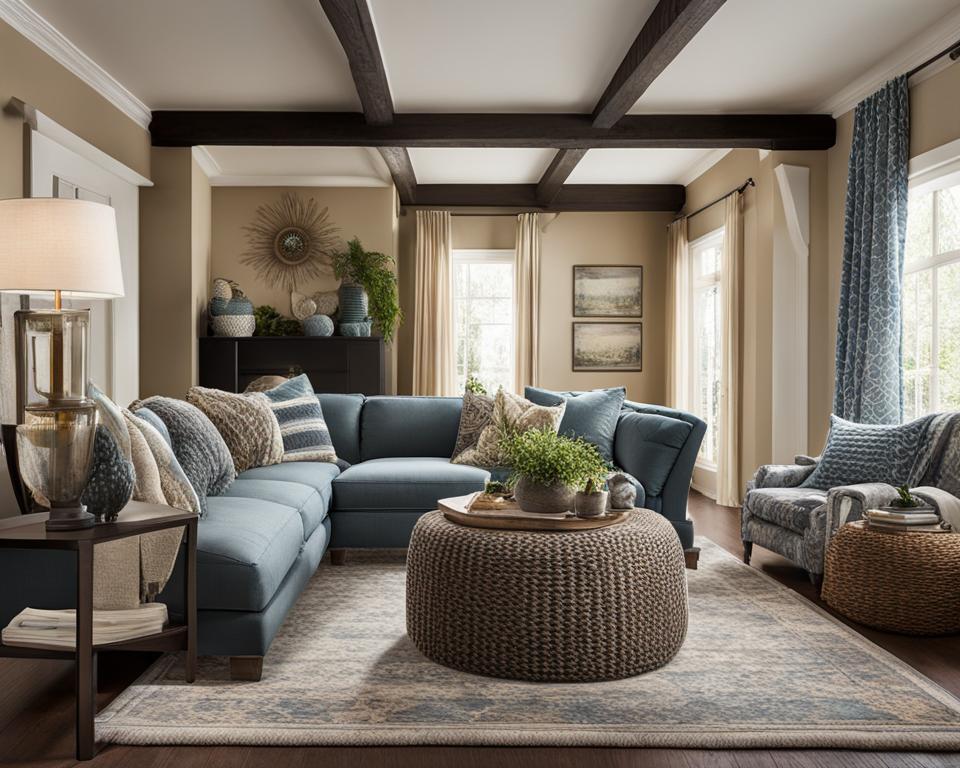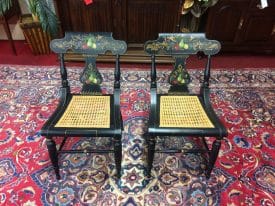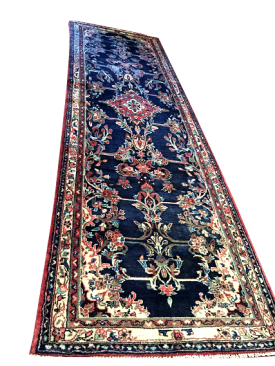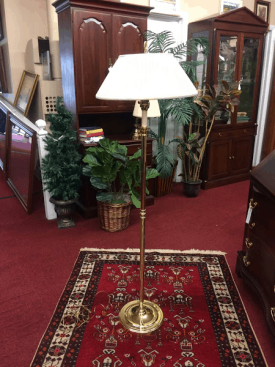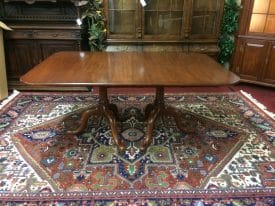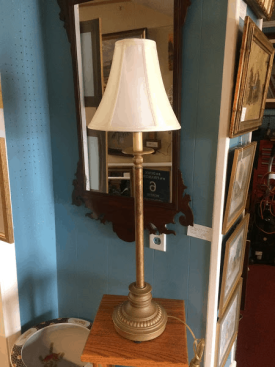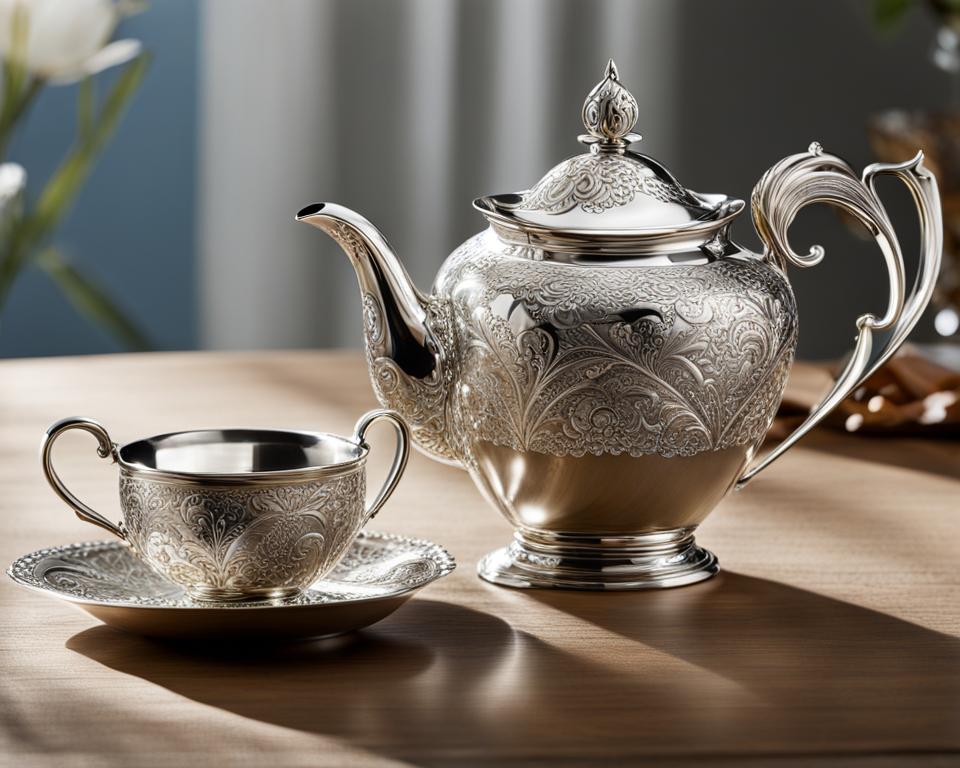When it comes to selecting textiles and fabrics for your home decor, making the right choices can have a significant impact on the overall look and feel of your space. From the type of fabric to color schemes and maintenance requirements, there are several factors to consider to ensure that you make the best decisions that suit your needs and preferences.
Choosing the fabric that best suits your home decor involves assessing the look, utility, and budget you have in mind. Different fabrics can completely transform a room and bring a specific sense of emotion and connection. From luxurious silk to regal leather, versatile cotton to affordable rayon or polyester blends, every fabric has its pros and cons. The key is to choose a fabric that fits your specific requirements.
Consider the following factors when selecting textiles and fabrics:
- Look: Choose a fabric that aligns with the overall aesthetic and theme of the room.
- Durability: Assess how well the fabric will hold up to frequent use and potential wear and tear.
- Cleaning and Maintenance: Consider the cleaning instructions and maintenance requirements of the fabric.
- Functionality: Evaluate whether the fabric will serve its intended purpose in the space.
By carefully considering these factors, you can select textiles and fabrics that enhance the beauty and functionality of your home decor, while also fitting within your budget.
Key Takeaways:
- Choosing the right textiles and fabrics is crucial for creating the desired look and feel in your home decor.
- Consider the look, durability, cleaning and maintenance requirements, and functionality of the fabric.
- Popular fabric options include silk, leather, cotton, rayon, polyester blends, velvet, and microfiber.
- Each fabric has its pros and cons, so choose based on your specific needs and preferences.
- Factors to consider include the overall aesthetic, durability, cleaning requirements, and intended function of the fabric.
Understanding the Different Types of Fabrics in Interior Design
In interior design, a wide variety of textiles and fabrics are used to enhance the aesthetic appeal and functionality of a space. Understanding the different types of fabrics available can help you make informed decisions when selecting textiles for your home decor. Whether you prefer natural fabrics or artificial options, each material has its unique properties and characteristics that can greatly influence the overall look and feel of a room.
Natural Fabrics:
1. Silk: Silk is a luxurious and elegant fabric known for its smooth texture and natural sheen. It offers a rich and classy look, making it a popular choice for draperies, upholstery, and bedding.
2. Cotton: Cotton is a versatile and breathable fabric that is widely used in interior design. It is known for its softness and durability, making it suitable for various applications such as upholstery, curtains, and bedding.
3. Wool: Wool is a natural fiber that offers warmth and coziness. It is often used in rugs, upholstery, and decorative accessories to add texture and depth to a space.
Artificial Fabrics:
1. Rayon: Rayon is a versatile synthetic fabric that is often used as a more affordable alternative to silk. It has a soft and silky texture and drapes beautifully, making it suitable for curtains and upholstery.
2. Polyester: Polyester is a synthetic fabric known for its durability and resistance to wrinkles, fading, and shrinking. It is commonly used in upholstery and bedding, offering easy maintenance and affordability.
By familiarizing yourself with the properties and characteristics of different fabrics, you can choose the right textiles that suit your preferences, budget, and desired aesthetic for your home decor.
Factors to Consider When Choosing Fabrics for Interior Design
When it comes to selecting fabrics for your interior design project, there are several important factors to consider. From fabric properties to color theory, each element plays a significant role in creating the perfect ambiance for your space.
Color Theory
The color of the fabric you choose can have a profound impact on the mood and visual effect of a room. Whether you prefer bold and vibrant colors or soft and neutral tones, it’s crucial to select shades that harmonize with the overall theme and mood of the space. Consider the color psychology and how different hues can evoke specific emotions. For instance, warm colors like red and orange create an energetic and stimulating atmosphere, while cool colors like blue and green promote a calming and soothing vibe.
Patterns and Designs
Patterns and designs can add depth and visual interest to a room. When choosing fabrics, carefully consider the patterns that will complement your overall design scheme. Opt for patterns that enhance the theme and mood of the space. For example, if you have a contemporary design, geometric patterns can add a modern touch, while floral patterns can bring a softer, more traditional feel. Be mindful not to overwhelm the space with too many patterns, as balance is key to creating a cohesive and visually pleasing environment.
Texture
Texture adds a tactile element to your space and can make it feel more inviting and cozy. Incorporating fabrics with different textures, such as smooth silk, nubby tweed, or plush velvet, can create a multi-dimensional and visually appealing room. However, be mindful not to overuse texture as it can become overwhelming. Striking the right balance between different textures will ensure a harmonious and well-designed space.
Budget
Consider your budget when selecting fabrics for your interior design project. Different fabrics come with varying price ranges, so it’s important to determine what you can comfortably afford. Keep in mind that higher-priced fabrics may offer superior quality and durability, while more budget-friendly options still provide an attractive and functional solution. By setting a budget in advance, you can narrow down your choices and focus on fabrics that meet both your design vision and financial constraints.
Fabric Properties
Understanding fabric properties is crucial in choosing the right fabric for your space. Factors such as durability, cleaning and maintenance requirements, and the intended function of the fabric should all be taken into account. If you have pets or young children, for example, you may want to prioritize fabrics that are easy to clean and more resistant to stains. Additionally, consider the level of durability required based on the traffic and usage of the room. This will ensure that your chosen fabrics can withstand daily wear and tear, maintaining their aesthetic appeal for years to come.
Pros and Cons of Different Fabric Properties
| Fabric Property | Pros | Cons |
|---|---|---|
| Durability | Long-lasting, able to withstand wear and tear | Can be more expensive, limited variety in some cases |
| Cleaning and Maintenance | Easy to clean, stain-resistant options available | May require professional cleaning, some fabrics more prone to wrinkles |
| Functionality | Specific fabrics designed for specific purposes (e.g., blackout curtains for light control) | May be limited in design options, may not offer the desired aesthetic appeal |
By considering these various factors, you can make informed decisions when choosing fabrics for your interior design project. The right fabric selection, with careful attention to color theory, patterns and designs, texture, budget, and fabric properties, will help you create a beautifully cohesive and visually stunning space that meets both your aesthetic preferences and practical needs.
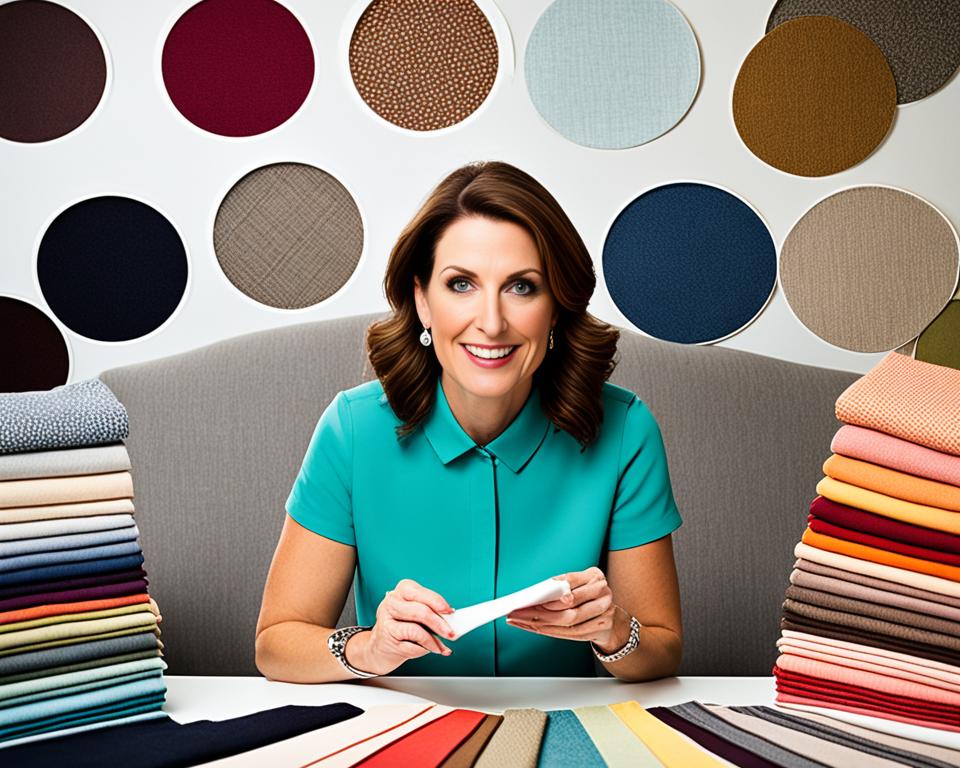
Tips for Choosing the Right Textiles for Your Home
When it comes to selecting textiles for your home, there are several factors to consider to ensure you make the right choice. From fabric selection and fabric care to fabric durability, each aspect plays a crucial role in creating a functional and visually appealing space.
Consider the Purpose and Style
Before choosing a fabric, think about the purpose of the space and the style you want to achieve. Are you looking for a cozy and comfortable atmosphere or a sleek and modern design? Understanding the purpose and style will help you narrow down your options and find fabrics that align with your vision.
Assess Quality and Durability
Quality and durability are key factors when choosing textiles for your home. You want fabrics that will stand the test of time and maintain their appearance even with regular use. One way to assess durability is by looking at the rub count, which indicates how well the fabric can withstand friction. Higher rub counts usually indicate better durability.
| Fabric Type | Rub Count |
|---|---|
| Microfiber | 30,000+ |
| Cotton | 15,000+ |
| Polyester Blend | 20,000+ |
Consider Material Composition
The material composition of a fabric affects both its performance and aesthetics. For example, natural fibers like cotton and silk offer a luxurious feel and breathability, while synthetic fibers like polyester and rayon often provide increased durability and stain resistance. Consider your preferences and needs to choose the right material for your home.
Cleaning and Maintenance Requirements
Another important factor to consider is the cleaning and maintenance requirements of the fabric. Some fabrics may require dry cleaning, while others can be easily spot-cleaned or machine-washed. Consider your lifestyle and the level of maintenance you’re willing to commit to when selecting fabrics for your home.
Coordinate with the Design and Color Scheme
The chosen fabric should harmonize with the overall design and color scheme of the room. Consider the existing furniture, flooring, and wall colors to create a cohesive and visually appealing space. If you’re unsure, stick to neutral colors or consult with a professional interior designer for guidance.
By following these tips for choosing the right textiles for your home, you can create a space that combines both functionality and style. Consider the purpose of the space, assess quality and durability, evaluate material composition, and coordinate with the design and color scheme to make informed decisions. Remember, the right fabric selection, fabric care, and fabric durability can transform your home into a comfortable and inviting haven.
Adding Texture and Depth with Textiles
Texture plays a crucial role in achieving a well-designed space, and textiles offer an excellent opportunity to add texture and depth to your interior. By incorporating different fabric textures through items such as rugs, pillows, and draperies, you can create a visually interesting and inviting room. The combination of these various textures brings a tactile element that enhances the overall sensory experience.
Layering textiles is a popular technique in interior design that can help create a cozier atmosphere while adding dimension to a space. By layering different fabrics, you can achieve a more visually compelling look. For example, you can combine a smooth silk curtain with a chunky knit throw or pair a velvet cushion with a linen upholstered sofa. This blending of textures creates a harmonious and visually appealing balance.
When choosing and layering different fabric textures, it’s essential to consider the style of the room and the overall aesthetic you want to achieve. Different interior design styles call for varied fabric textures to create the desired ambiance. For a modern and minimalist style, sleek and smooth textures such as satin or leather can be appropriate, while a rustic or bohemian style may call for rougher textures like jute or burlap. The careful selection and combination of fabric textures contribute to the overall visual impact and create a cohesive design scheme.
Enhancing the Visual Appeal with Textiles
Incorporating textiles with different textures can help highlight specific areas or features of a room. Here are a few examples:
- Use a plush area rug to define and anchor a seating area.
- Add decorative pillows with intricate patterns or raised details to create visual interest on a sofa or bed.
- Hang draperies with a textured fabric to add elegance and depth to a window treatment.
- Choose a textured wallpaper to create a focal point on an accent wall.
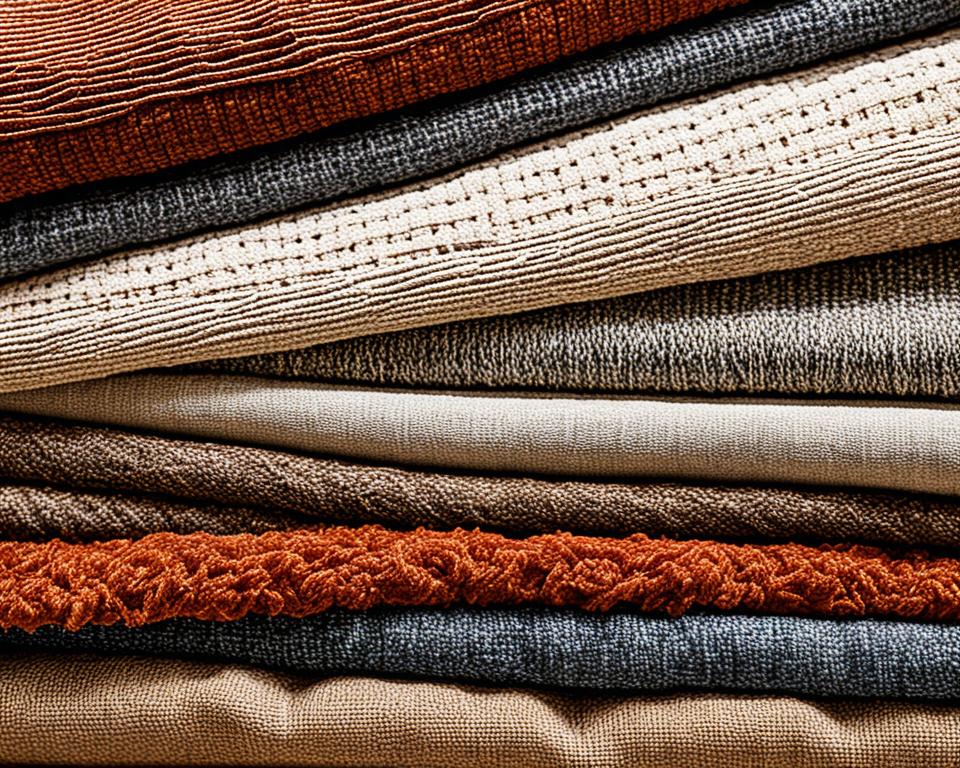
“Texture adds another layer of design to a space, allowing you to engage multiple senses and create a more inviting and visually stimulating environment.”
The use of textiles with varying textures helps create a sensory experience that goes beyond the visual appeal, making a room feel more welcoming and complete.
In summary, adding texture and depth with textiles is an effective way to elevate your interior design. By selecting fabrics with different textures and layering them strategically, you can enhance the visual appeal of your space while creating a more inviting and dynamic atmosphere. Consider the style of the room, the desired aesthetic, and the overall sensory experience you aim to achieve when choosing and combining fabric textures.
Using Textiles to Define Spaces
Textiles have the power to transform the look and feel of a room, but did you know that they can also be used to define different spaces within a room? By strategically employing fabrics, you can create partitions that separate areas and contribute to a more organized and visually appealing space.
One effective way to use textiles for space division is through the use of area rugs. Placing an area rug in a specific section of a room can visually delineate that area, establishing its purpose and defining its boundaries. For example, in an open-concept living and dining area, you can place a rug under the dining table to differentiate it from the rest of the space.
Another approach is to utilize curtains as fabric partitions. By hanging curtains between different areas, such as between a living room and a home office, you can create a sense of privacy while still maintaining an open feel. This can be particularly useful in multi-functional spaces or shared living spaces.
“Using textiles creatively allows you to utilize the full potential of your space, creating defined areas that cater to different activities and functions while maintaining a cohesive and visually pleasing environment.”
Creating Stylish Fabric Partitions
If you’re considering fabric partitions to define spaces, it’s essential to select textiles that align with your overall interior design style. Whether you prefer a contemporary, bohemian, or minimalist aesthetic, there are fabrics available to suit your taste.
Consider the color scheme and patterns of the fabric partitions to ensure they contribute to the desired atmosphere of each space. For example, if you want to create a calming and serene reading nook, opt for soft pastel tones or soothing neutrals. On the other hand, if you’re aiming for a vibrant and energetic work area, choose bold and bright patterns or colors to energize the space.
Examples of Fabric Partitions in Interior Design
Let’s take a look at a few examples of how fabric partitions can be incorporated into interior design:
| Situation | Fabric Partition |
|---|---|
| Creating a Home Office in a Living Room | A sheer curtain hung from the ceiling to separate the work area from the rest of the living room. |
| Dividing a Bedroom into Sleeping and Dressing Areas | A floor-to-ceiling fabric divider, made of a luxuriously textured fabric, for privacy and added elegance. |
| Separating a Kitchen and Dining Area | A patterned curtain or fabric screen hung between the kitchen and dining area to establish distinct zones while maintaining an open feel. |
These are just a few examples of how fabric partitions can be creatively used to define spaces. The possibilities are endless—a little creativity and thoughtful planning can go a long way in transforming your space.
By using textiles to define spaces, you can optimize the functionality of your interior design while adding style and personality to your home. Experiment with different fabrics, colors, and patterns to create a harmonious and visually engaging environment that reflects your unique taste and meets your specific needs.
Making a Statement with Textiles
When it comes to home decor, textiles provide the perfect opportunity to make a bold statement. By opting for daring fabric choices, incorporating eye-catching patterns, and playing with vibrant colors, you can infuse your space with personality and create captivating focal points within each room. Choosing fabrics that reflect your unique style and taste allows you to showcase your individuality and create a truly personalized environment. Don’t be afraid to step outside of the box and experiment with different combinations of fabrics to achieve a visually interesting and cohesive look.
Expressing Personality Through Bold Fabric Choices
Bold fabric choices have the power to transform a space and make a lasting impression. Whether it’s a striking piece of furniture upholstered in a vibrant fabric or a dramatic set of curtains, selecting textiles with impact can instantly captivate the eye and become a conversation starter. Look for fabrics that reflect your personality and align with your aesthetic preferences. Embrace the unexpected, stand out from the crowd, and let your bold fabric choices speak volumes about your style.
Creating Visual Interest with Fabric Patterns
Fabric patterns have the ability to add depth and visual interest to any room. They can breathe life into a space and create dynamic focal points. Whether it’s a geometric print, floral design, or intricate motifs, patterns can bring energy and character to furniture upholstery, curtains, pillows, or even rugs. When incorporating fabric patterns, consider the overall theme and mood you want to achieve in the room. Bold patterns can make a statement, while subtle patterns can add a touch of elegance and sophistication.
“Bold fabric choices can bring a sense of energy and excitement to a room, instantly elevating its design. Whether it’s a vibrant color or an eye-catching pattern, textiles have the power to transform a space and create a wow factor.” – Interior Design Expert
Elevating the Ambiance with Fabric Color
The color of fabrics can greatly influence the ambiance of a room. Bold and vibrant colors can create a lively and energetic atmosphere, while softer and muted tones can evoke a sense of tranquility and relaxation. When selecting fabric colors, consider the overall color scheme of the room and the mood you want to create. Harmonize colors to achieve a cohesive look or use contrasting colors to make a dramatic impact. Remember, color is a powerful tool that can shape the ambiance and set the tone for your space.
Experimenting with Fabric Combinations
Don’t be afraid to mix and match different fabrics to create a visually interesting and dynamic space. Combining textures, patterns, and colors can add depth and dimension to your home decor. Layer different fabrics on furniture pieces, use contrasting fabrics for curtains and throw pillows, or combine different textiles in rugs and wall hangings. The key is to strike a balance and ensure that the fabrics work harmoniously together, creating a cohesive and aesthetically pleasing look.
Showcase of Bold Fabric Choices, Patterns, and Colors
| Fabric Choices | Fabric Patterns | Fabric Colors |
|---|---|---|
| Silk | Floral | Rich jewel tones |
| Velvet | Geometric | Bold and vibrant hues |
| Leather | Animal Print | Rich earthy tones |
By embracing bold fabric choices, experimenting with patterns, and incorporating vibrant colors, you can create a visually captivating environment that reflects your unique style and personality. Let your textiles make a statement and transform your home into a space that truly speaks to you.
Considering Practicality and Durability
When it comes to choosing textiles for your home, practicality and durability should be top of mind. You want fabrics that not only look good but can also withstand the demands of everyday life. Consider the intended use of the fabric, whether it will be exposed to heavy wear and tear, and how easy it is to clean and maintain.
For high-traffic areas or households with pets or children, opt for fabrics that are specifically designed to be stain-resistant and easy to clean. These fabrics are often treated with special finishes that repel stains and spills, making it easier to keep them looking fresh and new.
Another factor to consider is fabric durability. Some fabrics are naturally more durable than others and can better withstand repeated use and frequent cleaning. Look for fabrics with a high rub count, as this indicates greater resistance to abrasion and wear over time.
Take a moment to think about your lifestyle and how the fabric will fit into it. If you have a busy household with lots of activity, it’s important to choose fabrics that can stand up to the demands of your daily routine. On the other hand, if you’re looking for fabrics for a more formal space that sees less foot traffic, you may have some more flexibility in your selection.
“Durability is key when it comes to selecting fabrics for your home decor. It’s important to choose fabrics that can withstand the test of time and still maintain their aesthetic appeal.”
Remember, practicality and durability don’t have to mean sacrificing style. There are plenty of fabrics available that offer both function and fashion. Modern textile technologies have made it possible to achieve durability without compromising on design.
By carefully considering practicality, durability, and your individual lifestyle, you can choose fabrics that not only enhance your home’s aesthetic but also stand the test of time.
Practicality and Durability Checklist:
- Consider the intended use of the fabric
- Choose fabrics that are stain-resistant and easy to clean
- Look for fabrics with a high rub count for increased durability
- Assess your lifestyle and how the fabric will fit into it
- Explore fabrics that offer both practicality and style
Comparing Fabrics for Practicality and Durability:
| Fabric Type | Practicality | Durability | Cleaning and Maintenance |
|---|---|---|---|
| Cotton | Versatile and easy to care for | Can vary depending on the weave and quality | Machine washable and relatively low maintenance |
| Microfiber | Stain and spill-resistant | Highly durable and resistant to wear and tear | Easy to clean with soap and water |
| Polyester | Wrinkle-resistant and easy to maintain | Durable and resistant to fading | Machine washable and quick drying |
| Leather | Stain-resistant and long-lasting | Exceptionally durable and resistant to scratches | Requires periodic conditioning and leather-specific cleaners |
Incorporating Textiles into Different Seasons
Textiles can play a significant role in creating a seasonal atmosphere within your home. By selecting fabrics that align with the seasons, you can enhance the overall comfort and mood of your space. When considering the temperature and overall feel you want to achieve in each season, it’s important to choose appropriate fabrics that can regulate the temperature and create the desired ambiance.
Cozy and Warm Fabrics for Colder Months
In colder months, when you want to create a cozy and warm environment, opt for fabrics that provide insulation and comfort. Wool is a popular choice for its natural warmth and luxurious feel. Faux fur can add a touch of elegance and softness to your space, creating a snug atmosphere. These fabrics not only provide visual warmth but also help to regulate the temperature, keeping you comfortable during chilly days and nights.
| Fabric | Description |
|---|---|
| Wool | A natural fiber that offers excellent insulation and warmth. It is soft, breathable, and available in various textures. |
| Faux Fur | A synthetic fabric that mimics the look and feel of real fur. It adds a touch of luxury and warmth to your space. |
Lightweight and Airy Fabrics for Warmer Months
During warmer months, when you want to create a lighter and more airy ambiance, choose fabrics that are lightweight and breathable. Linen is a popular choice for its cool and crisp feel, making it ideal for summer. Cotton is another excellent option as it is breathable, soft, and easy to care for. These fabrics allow for better air circulation and can help cool down your space.
| Fabric | Description |
|---|---|
| Linen | A natural fabric that is lightweight, breathable, and known for its cool and crisp feel. It offers excellent moisture-wicking properties. |
| Cotton | A versatile and widely available fabric that is breathable, soft, and easy to care for. It provides comfort and helps regulate temperature. |
By incorporating the right fabrics into different seasons, you can create a comfortable and inviting living space that reflects the changing seasons. Selecting textiles that not only align with the visual aesthetics but also regulate temperature can enhance the overall experience in your home.
Conclusion
Choosing the right textiles and fabrics for your home decor is an important decision that can significantly impact the overall look and feel of your space. With the Textiles and Fabrics Guide, you can navigate the fabric selection process with confidence, considering factors such as durability, cleaning and maintenance, color schemes, texture, and the intended function of the fabric.
By exploring a wide range of fabrics, patterns, and colors, you have the opportunity to create a unique and personalized space that reflects your style and taste. Experimenting with different combinations can bring a sense of excitement and creativity to your home decor.
Remember to choose fabrics with practicality in mind, considering factors such as durability and stain-resistance for high-traffic areas. Additionally, incorporating different textiles for each season can help create a dynamic and inviting environment all year round.
With the Textiles and Fabrics Guide as your companion, you can confidently select the perfect fabrics to transform your home into a welcoming and visually appealing sanctuary.
FAQ
How do I choose textiles and fabrics for my home decor?
When choosing textiles and fabrics for your home decor, it’s important to consider the look, utility, and budget. Factors to consider include the look, durability, cleaning and maintenance requirements, and functionality of the fabric.
What are the different types of fabrics used in interior design?
There are various types of fabrics used in interior design, including natural and artificial options. Natural fabrics such as silk, cotton, and wool have their unique properties and are often chosen for their comfort and aesthetic appeal. Artificial fabrics like rayon and polyester offer increased durability, ease of maintenance, and affordability.
What factors should I consider when choosing fabrics for interior design?
Several factors should be considered when choosing fabrics for interior design, including color, patterns, designs, texture, budget, durability, cleaning and maintenance requirements, and the intended function of the fabric.
How do I choose the right textiles for my home?
To choose the right textiles for your home, consider the purpose of the space, the style of the room, and the quality of the materials. Understanding how you and your family will interact with the fabric and where it will be installed is crucial in finding a fabric that meets your needs.
How can I add texture and depth with textiles?
Texture is an essential element in interior design, and textiles can add texture and depth to a space. By incorporating different textures through fabrics such as rugs, pillows, and draperies, you can create a more visually interesting and inviting room. Layering textiles can make a space feel cozier and add dimension.
How can I use textiles to define spaces within a room?
Textiles can be used to define different spaces within a room. They can act as partitions to separate different areas, such as a sitting or dining area. By using fabrics creatively, you can create a more organized and visually appealing space. Use tools such as area rugs or curtains to divide and define specific areas within a room.
How can I make a statement with textiles in my home decor?
Textiles offer an opportunity to make a statement in your home decor. Bold fabric choices, whether through patterns or colors, can add personality and create focal points within a room. By selecting fabrics that reflect your style and taste, you can infuse your unique personality into your space. Don’t be afraid to experiment and mix and match different fabrics to create a visually interesting and cohesive look.
What should I consider in terms of practicality and durability when choosing textiles?
Practicality and durability should be key considerations when choosing textiles for your home. Consider the intended use of the fabric, whether it will be exposed to heavy wear and tear, and how easy it is to clean and maintain. For high-traffic areas or households with pets or children, opt for fabrics that are stain-resistant and easy to clean. Choose fabrics that can withstand the demands of your lifestyle while still maintaining their aesthetic appeal.
How can I incorporate textiles into different seasons in my home?
Textiles can play a role in creating a seasonal atmosphere within your home. Consider the temperature and overall feel you want to achieve in each season. By selecting fabrics that align with the seasons, you can enhance the overall comfort and mood of your space.
What are some overall tips for choosing textiles and fabrics for my home?
Choosing the right textiles and fabrics for your home decor is an important decision that can significantly impact the overall look and feel of your space. By considering factors such as fabric selection, durability, cleaning and maintenance, color schemes, texture, and the intended function of the fabric, you can make informed choices that meet your needs and preferences.

